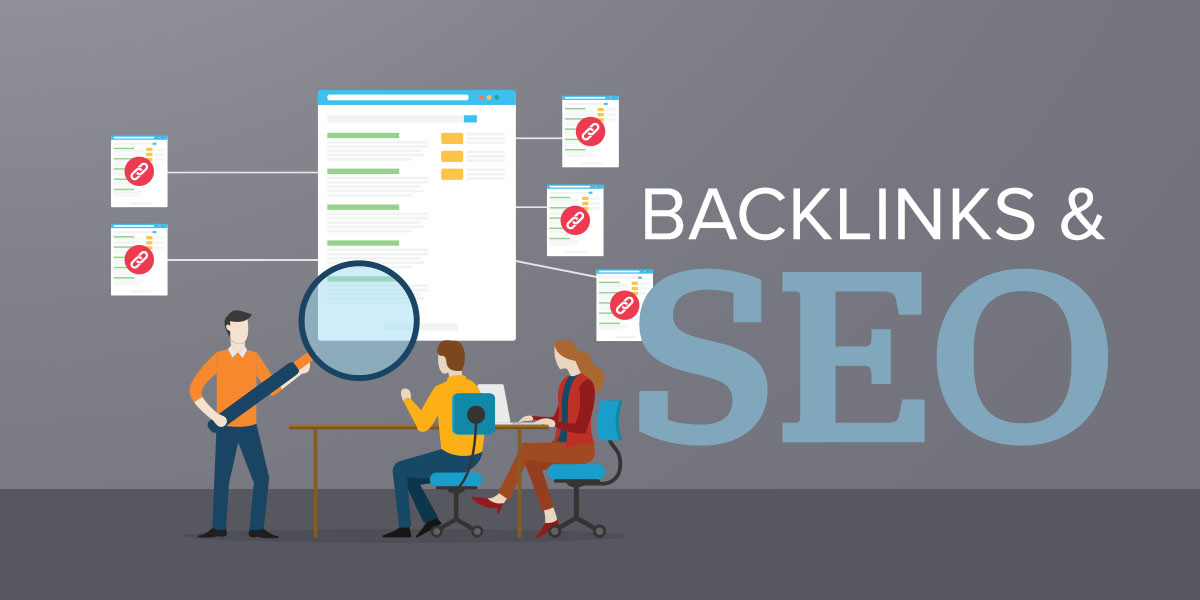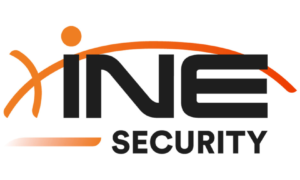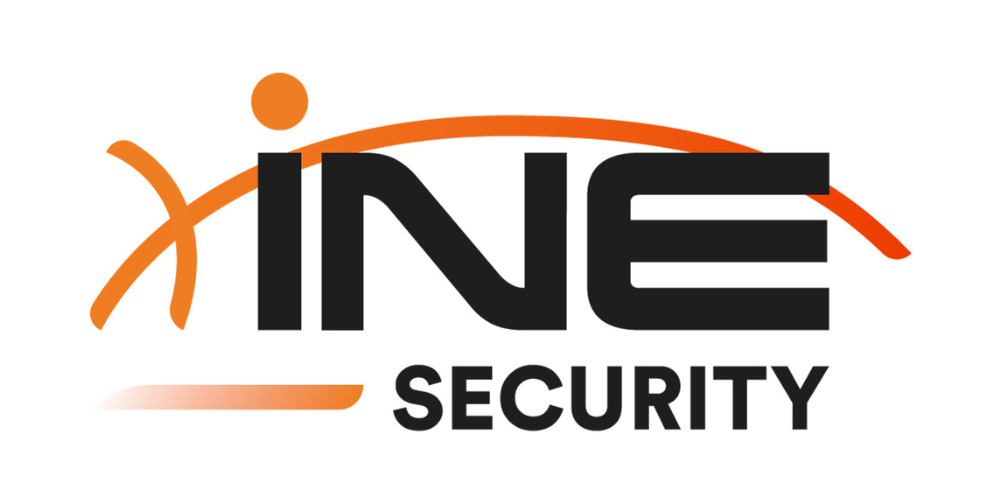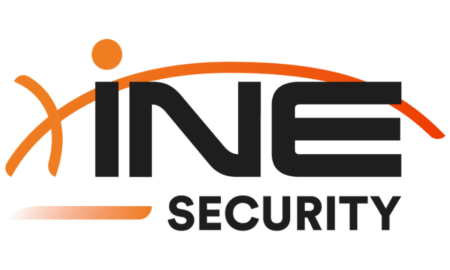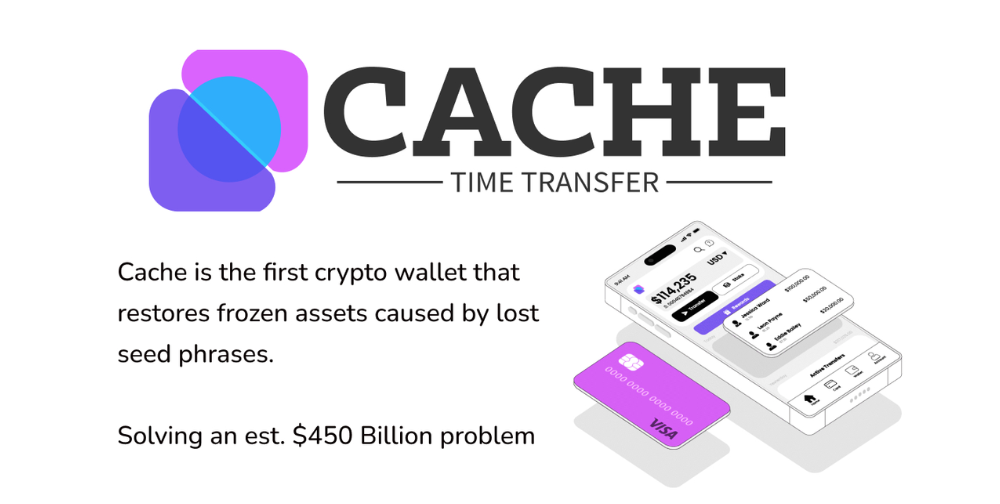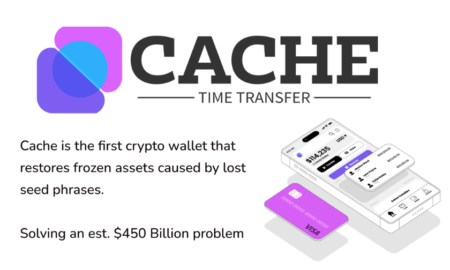In the dynamic realm of search engine optimization (SEO), backlinks stand as a foundational pillar for enhancing website visibility and driving organic traffic. A backlink, at its core, is a hyperlink from one website to another, serving as a digital endorsement that signals trustworthiness and relevance to search engines like Google. The more high-quality backlinks a site accumulates, the greater its perceived authority, which can propel it to higher rankings for targeted keywords. This process of acquiring backlinks, known as link building, is a critical strategy for businesses aiming to dominate search results. However, achieving success in link building demands a strategic approach, meticulous execution, and a thorough understanding of SEO best practices.
Why Backlinks Matter?
Backlinks are a vital ranking factor because they act as a vote of confidence from one site to another. When a reputable and authoritative website links to your content, it tells search engines that your page offers valuable information, products, or services worth sharing. This can lead to improved rankings, increased referral traffic from the linking site, and enhanced brand credibility in the eyes of both users and algorithms. Industry data suggests that websites with a robust and diverse backlink profile consistently outperform competitors, making link building an indispensable component of any comprehensive SEO strategy.
The quality of backlinks is paramount—links from high-authority domains with substantial traffic (e.g., Domain Rating [DR] 30–60, 100,000–200,000 monthly visits) carry far more weight than those from low-quality or irrelevant sites. Search engines like Google prioritize links that align with the content’s context and come from trusted sources, penalizing spammy or manipulative link schemes. This underscores the need for a deliberate and ethical link-building strategy, ensuring that every link contributes positively to a site’s SEO performance.
The Art and Science of Link Building
Link building is often misconstrued as a purely technical endeavor, but it is a sophisticated blend of science and strategic planning. The journey begins with a deep dive into your niche, identifying competitors who are excelling in search rankings. Tools such as Ahrefs, SEMrush, or Moz can provide detailed insights into their backlink profiles, revealing patterns and opportunities to target similar high-value sites. Once these opportunities are identified, the focus shifts to earning links through white-hat methods that align with search engine guidelines.
One of the most effective strategies is guest posting, where you create high-quality, original content for other websites in exchange for a backlink to your site. This not only builds links but also establishes your brand as a thought leader in the industry. Another approach involves reaching out to resource pages or industry-specific blogs, offering unique insights, data, or tools that warrant inclusion and a link back. Additionally, platforms like HARO (Help a Reporter Out) connect you with journalists and content creators seeking expert opinions, often resulting in authoritative backlinks from news outlets or reputable publications. The cornerstone of success lies in relevance—links should seamlessly integrate with the content, enhancing its value and supporting its SEO objectives.
Trends in Link Building for 2025
As we approach 2025, link building is evolving to meet the demands of advanced search engine algorithms and shifting user behaviors. The rise of AI-driven content and the growing dominance of video SEO are reshaping the landscape, pushing link builders to target multimedia platforms, niche AI tool reviews, and video marketing hubs. Long-tail keyword strategies are also gaining momentum, attracting targeted traffic with lower competition while aligning with user intent. This shift reflects Google’s increasing focus on delivering content that directly addresses specific queries, making link building services more impactful when tied to intent-driven pages.
A significant trend is the emphasis on link diversity. Relying solely on one type of backlink source, such as blogs, can limit a site’s resilience and growth potential. Instead, diversifying across forums, podcasts, industry directories, and even social media profiles (where relevant) builds a robust link profile. This approach, combined with regular monitoring and adjustment using tools like Google Sheets, ensures sustained improvement. Additionally, the integration of AI tools is streamlining outreach and content analysis, enabling link builders to identify opportunities faster and with greater precision, a trend likely to accelerate in 2025.
Best Practices for Successful Link Building
To maximize the effectiveness of link-building efforts, adhering to best practices is crucial. First and foremost, prioritize quality over quantity—target sites with strong domain authority, relevant audiences, and active Google traffic, while avoiding spammy link farms that could trigger penalties. Personalize outreach emails with specific value propositions, such as unique data or insights, to boost acceptance rates and foster genuine collaborations. Regularly track performance metrics—referral traffic, ranking improvements, and link health—using analytics tools, and adjust strategies based on these insights to optimize outcomes.
Avoiding black-hat tactics is non-negotiable. Practices like buying links or participating in link schemes can lead to severe Google penalties, undermining years of SEO progress. Instead, invest in sustainable methods that build long-term authority. For those seeking expert guidance, professional Link building services can provide tailored strategies, leveraging industry expertise to deliver measurable results and navigate the complexities of modern SEO.
Common Challenges and How to Overcome Them
Link building is not without its challenges. One common hurdle is securing links from competitive or high-authority sites, which often have strict editorial standards. Overcoming this requires crafting compelling pitches that highlight mutual benefits, such as increased traffic or enhanced content value for the linking site. Another challenge is the time-intensive nature of outreach—sending hundreds of emails can yield low response rates without a targeted approach. Using tools like Hunter.io or Mailtrack to refine email lists and track engagement can improve efficiency.
Additionally, keeping up with algorithm updates poses a continuous challenge. Google’s frequent changes can devalue certain link types or penalize outdated tactics. Staying informed through SEO blogs, attending webinars, and testing new strategies ensures adaptability. By addressing these obstacles with data-driven tactics and persistent refinement, link builders can maintain a competitive edge.
The Role of Content in Link Building
Content quality is the backbone of successful link building. High-value content, such as in-depth guides, original research, or actionable how-to articles, naturally attracts backlinks from other sites looking to reference credible sources. For instance, a well-researched whitepaper on industry trends can earn links from multiple domains, amplifying its reach. Conversely, thin or low-quality content struggles to gain traction, highlighting the need for investment in robust content creation.
Integrating multimedia elements, like infographics or videos, can further enhance linkability, appealing to visual learners and increasing shareability. Pairing this with a strong internal linking structure ensures that backlinks drive traffic deeper into your site, improving user experience and SEO performance. Content that aligns with trending topics, such as AI tools or sustainable practices in 2025, also increases the likelihood of earning organic links.
Measuring Success in Link Building
Quantifying the success of link-building efforts is essential to justify investment and guide future strategies. Key performance indicators (KPIs) include the number of new backlinks acquired, the domain authority of linking sites, and the increase in organic traffic and keyword rankings. Tools like Ahrefs and Google Search Console provide detailed reports on referral traffic and indexation status, while Google Analytics tracks user behavior post-click.
Setting baseline metrics before starting a campaign allows for clear comparison over time. For example, a 20% increase in referral traffic or a 10-position ranking improvement within three months can indicate success. Regularly reviewing these metrics in a shared Google Sheet enables teams to identify trends, adjust tactics, and demonstrate ROI to stakeholders, reinforcing the value of link building.
The Future of Backlinks
Looking ahead, backlinks will remain a cornerstone of SEO, but their acquisition will grow more nuanced. Search engines are likely to prioritize links from sites with high user engagement, low bounce rates, and strong contextual relevance, pushing link builders to focus on user experience alongside authority. AI tools will play a larger role, automating outreach, predicting link opportunities, and analyzing competitor moves with greater accuracy.
The integration of voice search and zero-click searches may also influence link-building strategies, emphasizing the need for featured snippet-worthy content that earns natural links. Staying adaptable, leveraging emerging tools, and maintaining ethical practices will be key to thriving in this evolving landscape. For businesses aiming to lead in 2025, investing in forward-thinking link-building approaches will be a game-changer.
Conclusion
Backlinks and link building are powerful tools for elevating SEO performance, but their impact depends on strategy, execution, and adaptability. By reverse-engineering competitor successes, embracing 2025 trends like AI and link diversity, and adhering to best practices, businesses can build a resilient backlink profile that drives sustained growth. Overcoming challenges with targeted outreach and high-quality content, while measuring success with clear metrics, ensures long-term dominance in search rankings. Whether starting anew or refining an existing strategy, partnering with expert Link building services can unlock the full potential of backlinks, positioning your brand for success in the competitive digital landscape of tomorrow.

